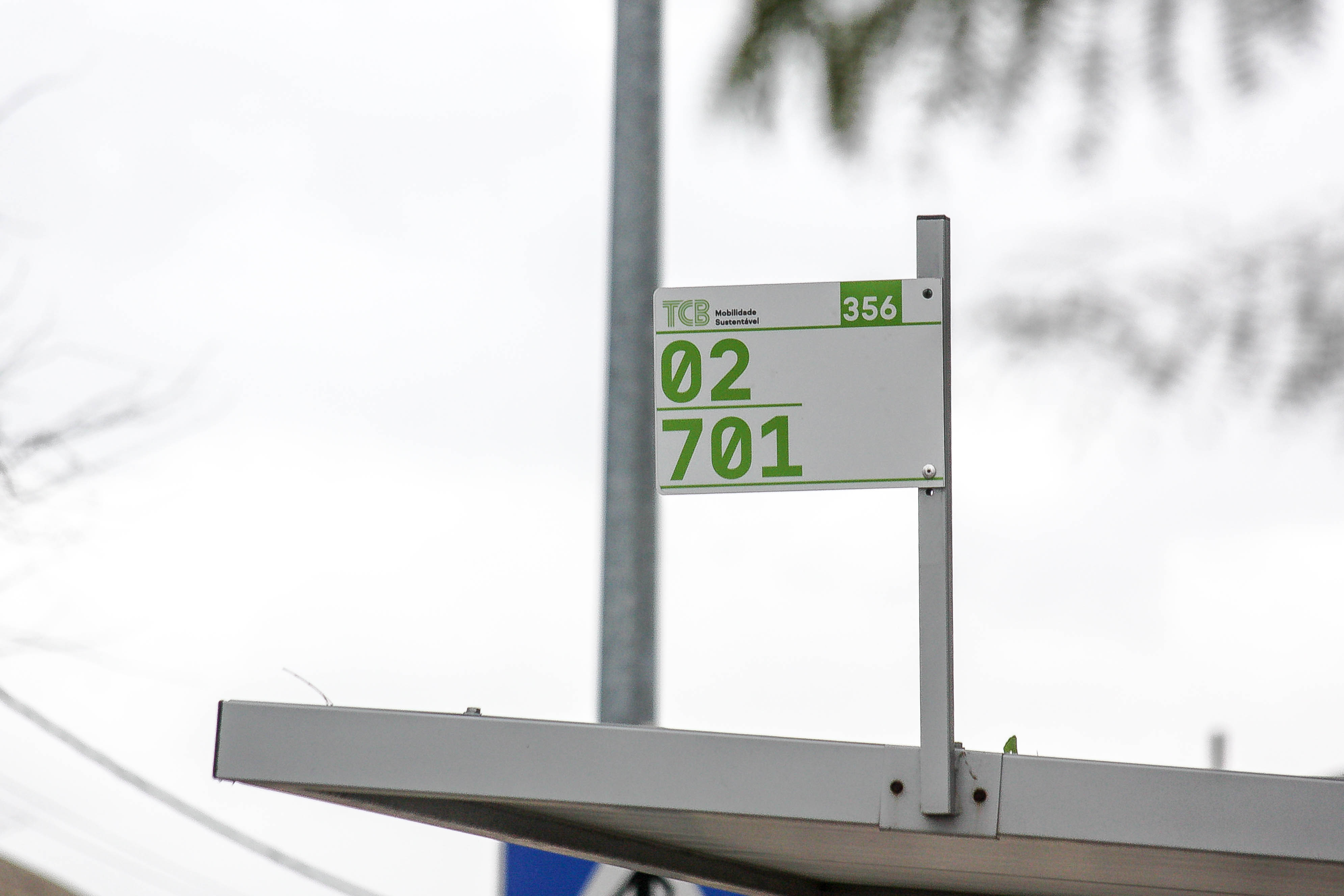|
Phonetic Symbol Guide
The ''Phonetic Symbol Guide'' is a book by Geoffrey Pullum and William Ladusaw that explains the histories and uses of the symbols of various phonetic transcription conventions. It was published in 1986, with a second edition in 1996, by the University of Chicago Press. Symbols include letters and diacritics of the International Phonetic Alphabet and Americanist phonetic notation, though not of the Uralic Phonetic Alphabet. The ''Guide'' was consulted by the International Phonetic Association when they established names and numerical codes for the International Phonetic Alphabet and was the basis for the characters of the TIPA set of phonetic fonts. Symbols in Unicode The symbols included in the 2nd edition of the ''Guide'' are as follows. All symbols that are not merely allographs and have been used by more than a single author are supported by Unicode. Those not found in Unicode are marked with an asterisk. : a ȧ ä ᶏ ɐ ɑ α ɒ ɒ̇ ɒ̈ ꭤ æ æ̇ æ̈ ... [...More Info...] [...Related Items...] OR: [Wikipedia] [Google] [Baidu] |
Geoffrey Pullum
Geoffrey Keith Pullum (; born 8 March 1945) is a British and American linguist specialising in the study of English. He is Professor Emeritus of General Linguistics at the University of Edinburgh. Pullum is a co-author of ''The Cambridge Grammar of the English Language'' (2002), a comprehensive descriptive grammar of English. He was also a contributor to Language Log and Lingua Franca at The Chronicle of Higher Education. Early life and education Geoffrey K. Pullum was born in Irvine, North Ayrshire, Scotland, on 8 March 1945, and moved to West Wickham, England, while very young. He left secondary school at age 16 and toured Germany as a pianist in the rock and roll band Sonny Stewart and the Dynamos. A year and a half later, he returned to England and co-founded a soul band, Geno Washington & the Ram Jam Band, with Pete Gage. After the band broke up, Pullum enrolled in the University of York in 1968, graduating in 1972 with a Bachelor of Arts with first class honours. I ... [...More Info...] [...Related Items...] OR: [Wikipedia] [Google] [Baidu] |
𝼋
Various letters have been used to write the click consonants of southern Africa. The precursors of the current IPA letters, , were created by Karl Richard Lepsius and used by Wilhelm Bleek and Lucy Lloyd, who added . Also influential were Daniel Jones, who created the letters that were promoted by the IPA from 1921 to 1989, and used Clement Doke and Douglas Beach. Individual languages have had various orthographies, usually based on either the Lepsius alphabet or on the Latin alphabet. They may change over time or between countries. Latin letters, such as ''c x q ç'', have case forms; the pipe letters, ''ǀ ǁ ǃ ǂ'', do not. Multiple systems By the early 19th century, the otherwise unneeded letters ''c x q'' were used as the basis for writing clicks in Zulu by British and German missions. However, for general linguistics this was confusing, as each of these letters had other uses. There were various ''ad hoc'' attempts to create letters—often iconic symbols—for c ... [...More Info...] [...Related Items...] OR: [Wikipedia] [Google] [Baidu] |
Slashed 0
The slashed zero is a representation of the Arabic digit " 0" (zero) with a slash through it. The slashed zero glyph is often used to distinguish the digit "zero" ("0") from the Latin script letter " O" anywhere that the distinction needs emphasis, particularly in encoding systems, scientific and engineering applications, computer programming (such as software development), and telecommunications. It thus helps to differentiate characters that would otherwise be homoglyphs. It was commonly used during the punch card era, when programs were typically written out by hand, to avoid ambiguity when the character was later typed on a card punch. Usage The slashed zero is used in a number of fields in order to avoid confusion with the letter 'O'. It is used by computer programmers, in recording amateur radio call signs and in military radio, as logs of such contacts tend to contain both letters and numerals. The slashed zero was used on teleprinter circuits for weather applications ... [...More Info...] [...Related Items...] OR: [Wikipedia] [Google] [Baidu] |
Lezh Old
The voiced alveolar lateral fricative is a type of consonantal sound, used in some spoken languages. The symbol in the International Phonetic Alphabet that represents voiced dental, alveolar, and postalveolar lateral fricatives is (sometimes referred to as ''lezh''), and the equivalent X-SAMPA symbol is K\. Features Features of the voiced alveolar lateral fricative: Occurrence Dental or denti-alveolar Alveolar In addition, a pharyngealized voiced alveolar lateral fricative is reconstructed to be the ancient Classical Arabic pronunciation of ; the letter is now pronounced in Modern Standard Arabic as a pharyngealized voiced coronal stop, as alveolar or denti-alveolar . Related characters There are several Unicode characters based on lezh (ɮ): * is a superscript IPA letter * is a superscript IPA letter * is an extension to IPA for disordered speech (extIPA) Notation In 1938, a symbol shaped similarly to heng was approved as the official IPA symbol for ... [...More Info...] [...Related Items...] OR: [Wikipedia] [Google] [Baidu] |


